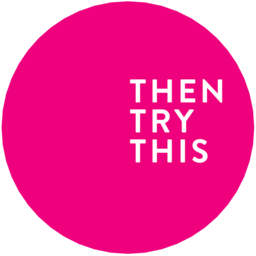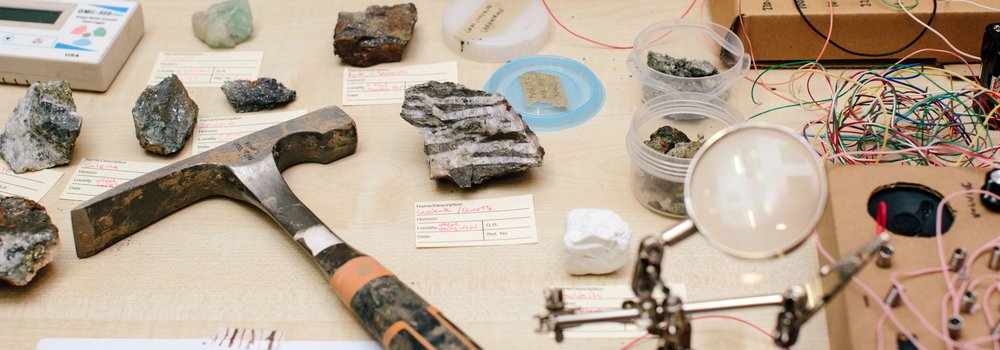We have been funded by the Royal Society of Chemistry for a third year of Organised Atoms workshops, dates are still to be decided - but we will be running three workshops at the wonderful United Downs Raceway again over the next three months. We will search the mine waste dumps for minerals on this historic site, identifying, photographing crystals and using them to make sounds using our cardboard synth kits. Watch this space for dates...
Partly as preparation, partly celebration and also learning - I've been building up more knowledge working with minerals in electronics (as well as analogue electronics more generally). This has taken the form of trying out a lot of new circuits that build on what we've been doing already, hopefully to provide a more musical workshop activities, and partly with the aim to make something that could be used as a performance - taking natural semiconductor sounds out into the wider world!
This idea began as a (remote) participation I was kindly invited to at "Zero Volts" at Constant in Brussels back in March. I rigged together four cardboard synths via a mixer and a echo pedal, and tried to manipulate the crystals and circuits for a short and very noisy performance. This was followed by a microscopic introduction to some Cornish mineralogy from our collection, we also sent them a box of geological samples. There was something very satisfying about 'transporting' such a local project into a new space, and finding that this subject has considerable international interest - conflict minerals, e-waste, rare earths, and the idea that this project could contribute to the field of permacomputing.

Assembled screenshots from low res zoom performance, lots of springs and wires and a close up of sphalerite (zinc ore) and quartz from Wheal Ellen via USB microscope.

First Cornish Cardboard Crystal Synth replicated outside of Cornwall, at Constant VZW, Brussels
There seems to be a bit of a pattern we have where workshops aimed at children end up being a kind of experimental research that provides us entirely new directions and ideas (like Tanglebots previously for example leading to woven robotics). Working with kids seems to often be the start of a new project or direction rather than the end result.
Taming & shaping the sound
The raw sounds we create on these workshops are very extreme, inserting natural semiconductors into already chaotic circuitry is fun when played on a tiny speaker but is going to damage things at loud volumes. They also need to be more shapable - we can look at filtering the sound to restrict and tune into frequencies that are interesting. Can we also add sequencing and synchronisation with 'proper' synths? Interestingly the Korg Volca Modular works at compatible voltages to those we are using, and provides a lot of functionality we don't need to build that can help with prototyping (they are also very cheap to pick up secondhand now as they don't seem to be very popular).
Try more ways to 'sonify' minerals
Currently we have only really been using natural semiconductors as a kind of amorphous component in the feedback loop of an inverter that provides oscillations, it works well because it will generally always make some sort of sound: it will do one thing if it forms a normal resistance, another thing if a semiconducting junction is found, and different again if the secondary point contact we use modulates the resulting oscillation in some way (perhaps providing transistor-like behaviour occasionally).
What are other ways to listen to these crystals?
Inherit from the organised atoms cardboard synths
Using raw materials in this way highlights the fact that tech is dirt, it comes from the earth - how can we keep this aesthetic and not get drawn into conventional technology which has to hide this reality? Luckily we can draw on our experience in making wooden interfaces and woven robots to help here.

This is the current setup - a block of natural wood, with recesses carved in it for a set of circuit boards and springs from the cardboard synths to connect them together. I also added space for a breadboard for expansion (and things I've forgotten). The wood is pretty thick and heavy, which provides a stable base for tinkering with the crystals. They will be raised above the circuitry in copper pipe soldered to the circuit boards to make them easier to access. The idea is that you can switch out circuits to play with different ways of creating sounds, with four 'voice' circuits and two 'sequencing' ones and a mixer.
Pop along to our Open Studio event on the 16th of August, as it will be providing some background music for looking at artwork!
Alongside the project page on gitlab, we'll be updating this blog with progress.

